Portfolio
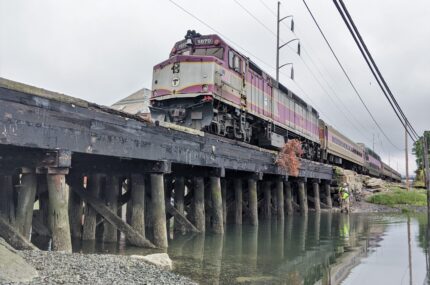
Northeast | Transportation Engineering

Northeast | Transportation Engineering

Northeast | Transportation Engineering
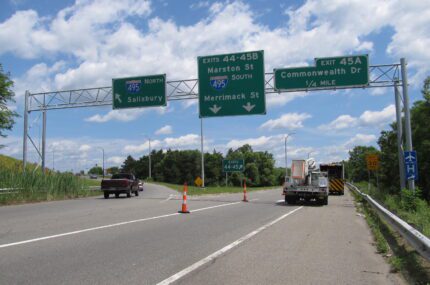
Northeast | Transportation Engineering
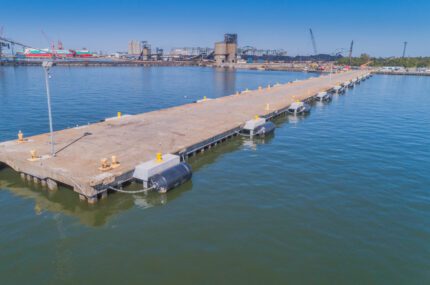
Southeast | Marine Structures

Southeast | Marine Structures

Central | Site/Civil Engineering
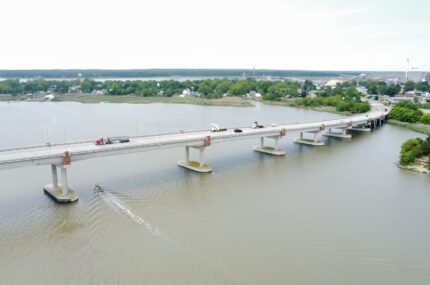
Southeast | Transportation Engineering

Northeast | Marine Structures
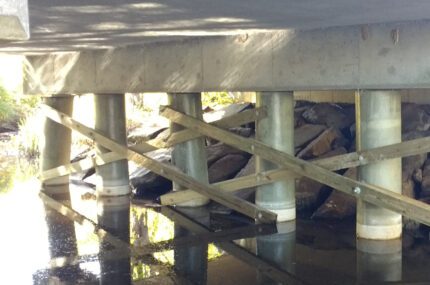
Northeast | Transportation Engineering
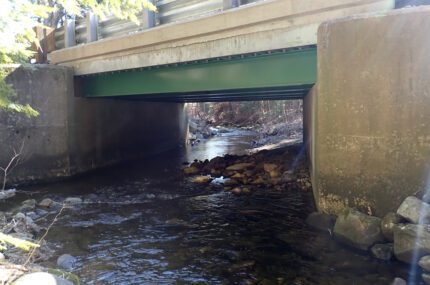
Northeast | Transportation Engineering
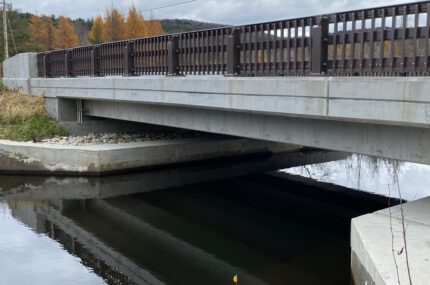
Northeast | Transportation Engineering

Northeast | Transportation Engineering
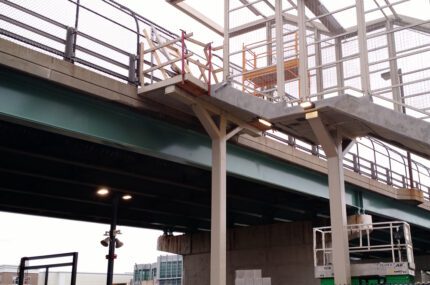
Northeast | Transportation Engineering
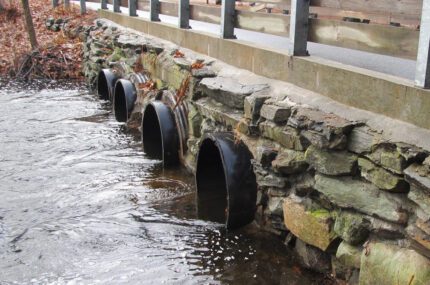
Northeast | Transportation Engineering

Central | Site/Civil Engineering

Central | Site/Civil Engineering, Transportation Engineering
Build the Future. Grow Your Career. Make an Impact.
Join a team where your engineering skills directly shape communities as you grow alongside professionals who recognize your potential and value your success.
